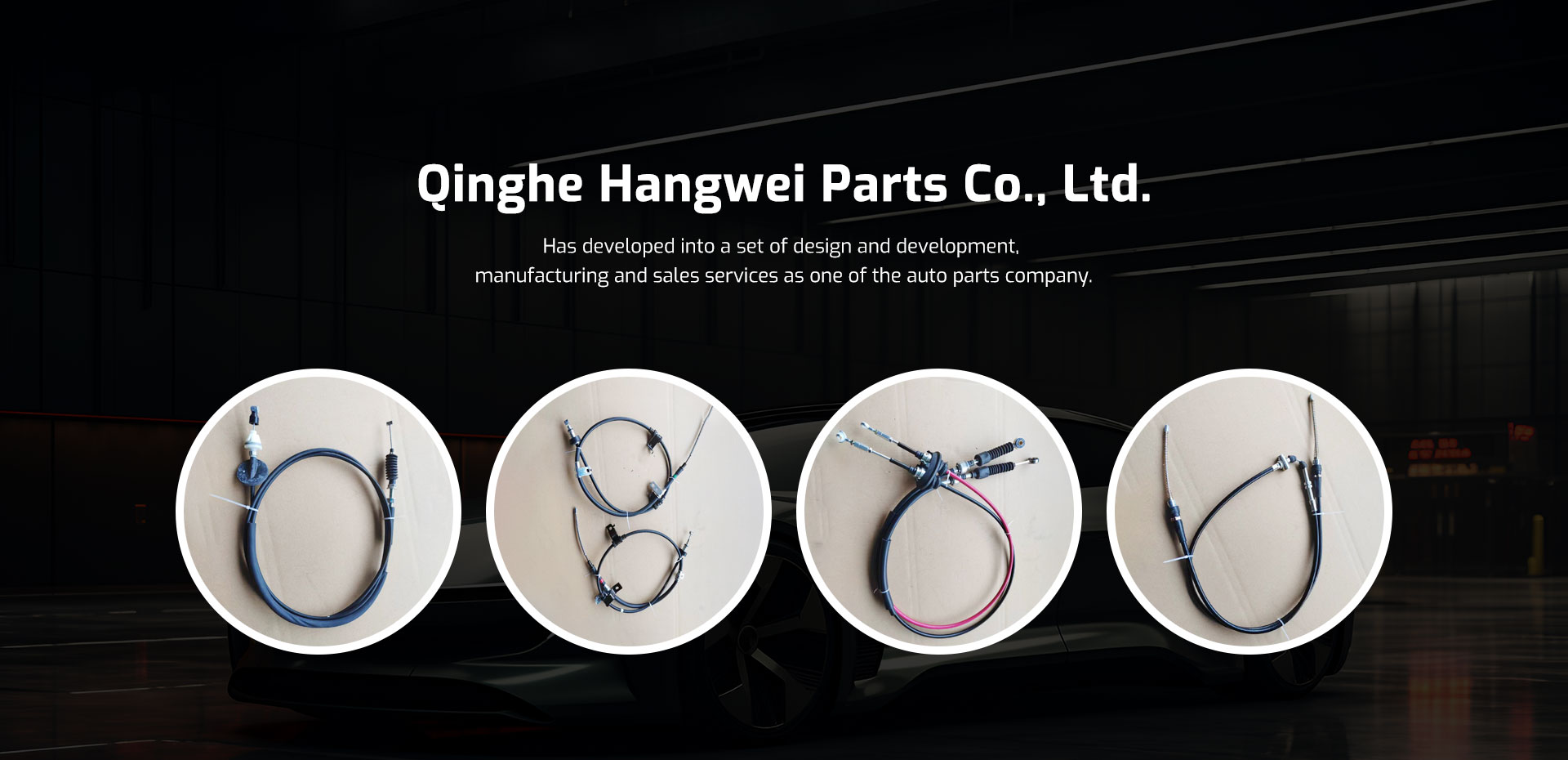Rear brake cable adjustment and maintenance tips for improved vehicle performance
Understanding the Rear Handbrake Cable Importance and Maintenance
The rear handbrake cable is a crucial component of a vehicle's braking system, particularly in ensuring the effectiveness of the handbrake or parking brake. This cable connects the handbrake lever inside the car to the brake mechanism on the rear wheels. When the driver pulls the handbrake lever, tension is applied to the cable, which in turn engages the brake shoes or pads on the rear brakes, effectively locking the back wheels in place. This is especially important when parking on a slope, preventing the vehicle from rolling away.
Functionality and Importance
The rear handbrake cable plays a vital role in overall vehicle safety. Its primary function is to secure the vehicle when parked. If the handbrake system is not functioning correctly, the vehicle may roll, posing significant hazards not only to the vehicle itself but also to pedestrians and other road users. Additionally, a well-functioning handbrake system can provide supplemental stopping power in emergencies, particularly in older vehicles that may not be equipped with advanced braking technologies.
Signs of Wear and Tear
Like all mechanical components, the rear handbrake cable is subject to wear and tear over time. Drivers should be vigilant for several warning signs that might indicate the cable is failing. These can include a handbrake lever that feels loose or has an excessive amount of travel, a handbrake that does not engage or disengage properly, or visible fraying or damage to the cable itself. If any of these symptoms are present, it is essential to address the issue promptly to avoid compromising vehicle safety.
Maintenance Tips
rear handbrake cable

Regular maintenance is key to prolonging the life of the rear handbrake cable. Here are a few essential tips
1. Inspect Regularly Drivers should visually inspect the handbrake cable for signs of damage or fraying. Regular checks can help catch issues early.
2. Tighten Connections Ensure that all connections related to the handbrake cable are secure. Loose connections can lead to improper functioning of the handbrake.
3. Lubrication Periodically lubricate the cable and its housing to ensure smooth operation. Rust and debris can impede the cable’s performance.
4. Professional Servicing Consider having the handbrake system inspected by a professional mechanic during regular vehicle servicing. They can provide a thorough assessment and ensure everything is functioning as it should.
Conclusion
The rear handbrake cable is an integral part of a vehicle’s braking system, pivotal for both safety and effective parking. Understanding its function and recognizing the signs of wear can help drivers maintain their vehicle’s integrity. Regular inspections and maintenance will ensure that the handbrake system operates effectively, providing peace of mind and enhanced safety on the road. Taking these proactive steps will not only prolong the life of the handbrake cable but will also contribute to the overall safety of the vehicle, making it a wise investment for any car owner. Always remember, a functional handbrake is more than just a convenience—it’s a critical safety feature that protects you and your surroundings.
-
Workings of Clutch Pipe and Hose SystemsNewsJun.04,2025
-
The Inner Workings of Hand Brake Cable SystemsNewsJun.04,2025
-
The Secrets of Throttle and Accelerator CablesNewsJun.04,2025
-
The Hidden Lifeline of Your Transmission Gear Shift CablesNewsJun.04,2025
-
Demystifying Gear Cables and Shift LinkagesNewsJun.04,2025
-
Decoding Clutch Line Systems A Comprehensive GuideNewsJun.04,2025
